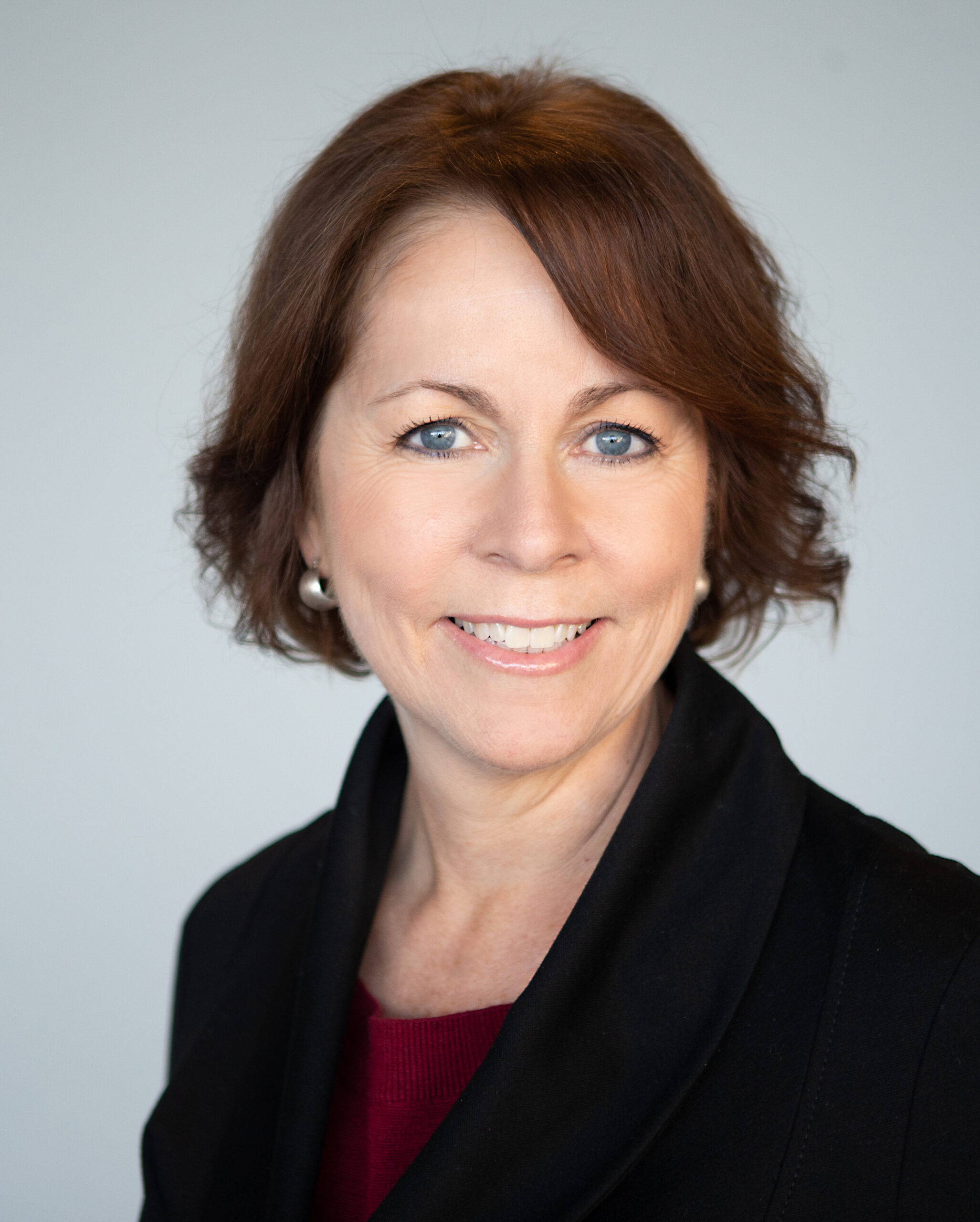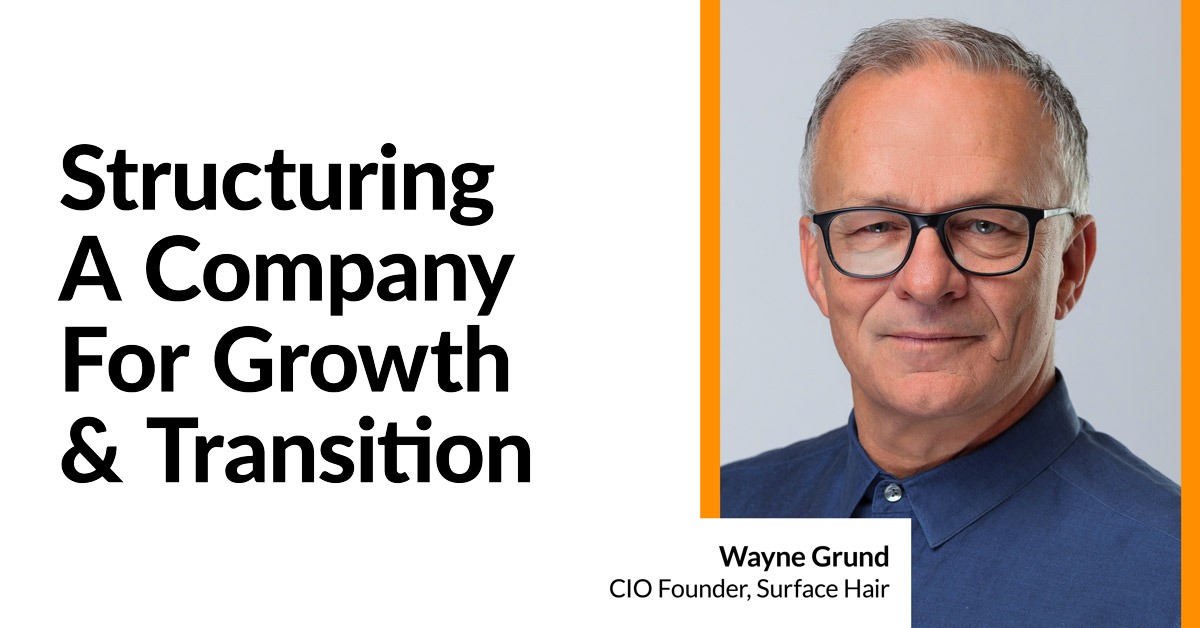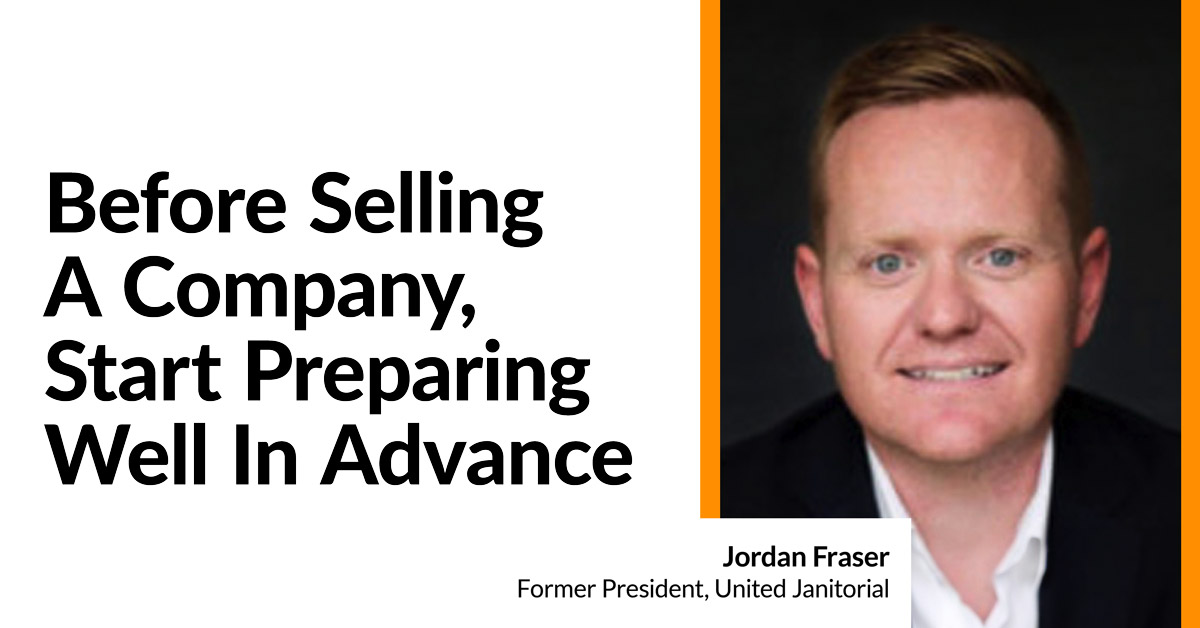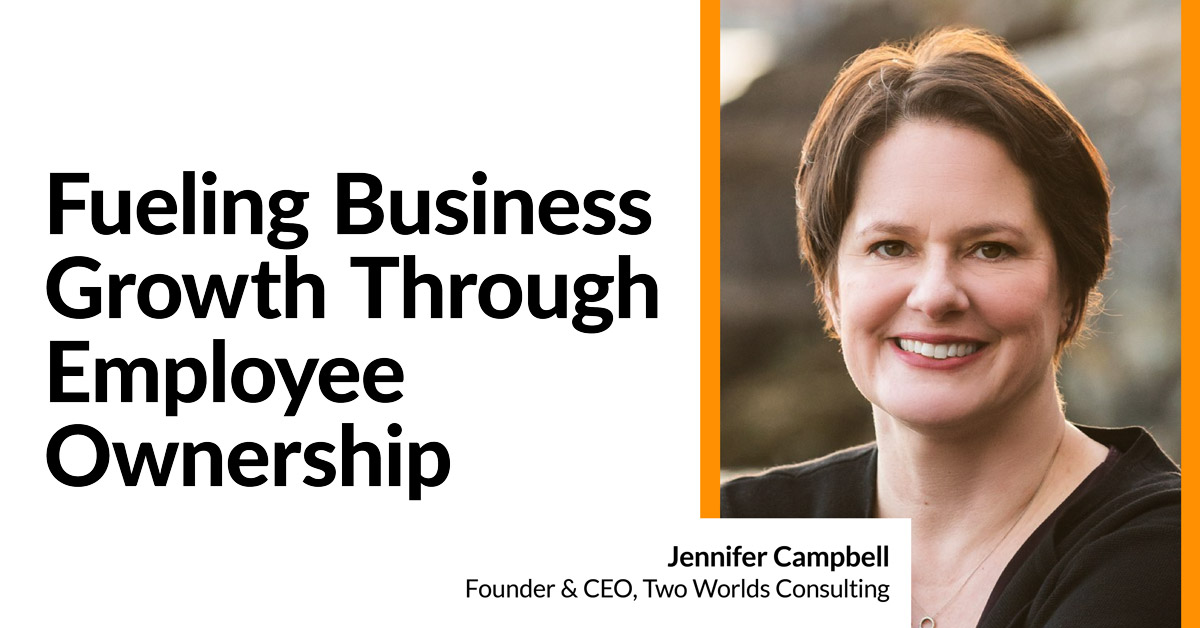The key to successful partnership transitions is all in the planning
Bonnie Elgie


Exiting a business is a process, not an event, and the right opportunity can come up on you unexpectedly. With a proper plan, you’re ready to take advantage.
Partner buy-ins can be a strong succession planning tool for a business. Bringing in the right partner with complementary skillsets and connections can contribute to a company’s growth and success. But how do you know who is the right fit? There are plenty of horror stories of partnerships that have gone wrong. When done strategically though, partner buy-ins and buy-outs can lead to a happy ending.
Susan Steeves, long-time – and recently retired — partner of one of Vancouver’s largest design firms, SSDG, knows what it takes for buy-ins and buyouts to work to ensure business continuity and on-going success.
She joined SSDG as a senior designer in 1989, working closely with founding partners Keath Seeton and Gerry Shinkewski. Several years into her career, she had a conversation with Gerry about taking some additional courses and asked what would be of benefit to the company. He encouraged her to consider a Master’s in Business Administration (MBA) and after thinking about it for the weekend, she agreed. Interestingly, Susan’s husband also decided to take his at the same time.
“When it came time to do my thesis paper, I approached Keath and Gerry and said, ‘I’ve got two choices for my thesis: I can do it on a start-up or I can do a strategy paper on SSDG’,” she recalls. “And so they opened the books and we started talking about a partnership position.”
She weighed the pros and cons of joining a start-up as a partner versus joining the familiar SSDG. Some of the key decision points were her familiarity with the partners, the excellent reputation of the company and its strong financials.
“Starting a new company and taking it to a point where it’s running and functioning smoothly is not necessarily an easy task. I already knew I liked and respected Keath and Gerry and by then SSDG was well established having operated for 17 years. I saw this great opportunity with them and I felt confident that with my business education I would bring value as a contributing partner,” she remembers.
When asked what advice she would share with someone considering a partner buy-in opportunity, Susan highlights the following:
- Strong financials. You want the company to be very strong and not necessarily in a position where they need you to join.
- Solid reputation and foundation. After seven years as an employee, I had gotten to know the partners and the company very well before buying in.
- Liking the people you work with. Obviously you spend a lot of time working together, but you still want to have fun. We used to joke that future partners needed to be able to travel with us!
- Shared values. We really never fought, we didn’t have big disputes, we weren’t at odds with each other because we really respected one another. We shared the same values when it came to how we worked together.
The partnership remained strong throughout the years with Keath and Gerry retiring in 2011 and 2015, respectively. The succession transition went smoothly over the years because of the strategic and purposeful approach SSDG took when considering new partners.
“As we considered new partners from our internal staff, we could always tell very early on who had the required partnership qualities. With all three of our current partners — Julie Campbell, Kenna Manley and Lynn Hughes — we nurtured those relationships, planting seeds early that encouraged them to stay, which made the buyout transition quite smooth.
The long-term planning also enabled an easier transition for the clients and for transferring responsibilities within the business. It also allows for SSDG to ensure that its partners’ strengths and talents are being fully utilized.
“Within a design firm, we need our people to have that special balance of creativity, business savvy and people skills. It can be a bit of a juggling act.”
Susan announced her retirement in December 2019 with a plan to sell her shares by April 1, 2020. However, with the unanticipated challenges brought on by the pandemic, she decided to sell 50% of her shares and stay on to help manage the firm’s transition plan.
“It would have been difficult for somebody new to step in at that time. Once we could see the business was adapting to the new reality, I sold the balance of my shares and officially retired at the end of 2020,” says Susan.
When it came to the buyout process, the SSDG team was transparent, even with the changes needed in response to the pandemic. Once the agreements were in place and signed, employees were informed of the buyout plan and timing. The added stability of having Susan remain throughout the transition helped, especially as she had managed the financials.
She adds, “It goes back to trust and respect. When Keath and Gerry left the firm, I acted as a mediator to make sure the outgoing partner was getting what he should be getting. I was also watching out for the person coming in to make sure that it was fair on both sides. If you don’t have that same level of respect and trust, it could be different scenario. But for us, I think it worked.”

BACK









